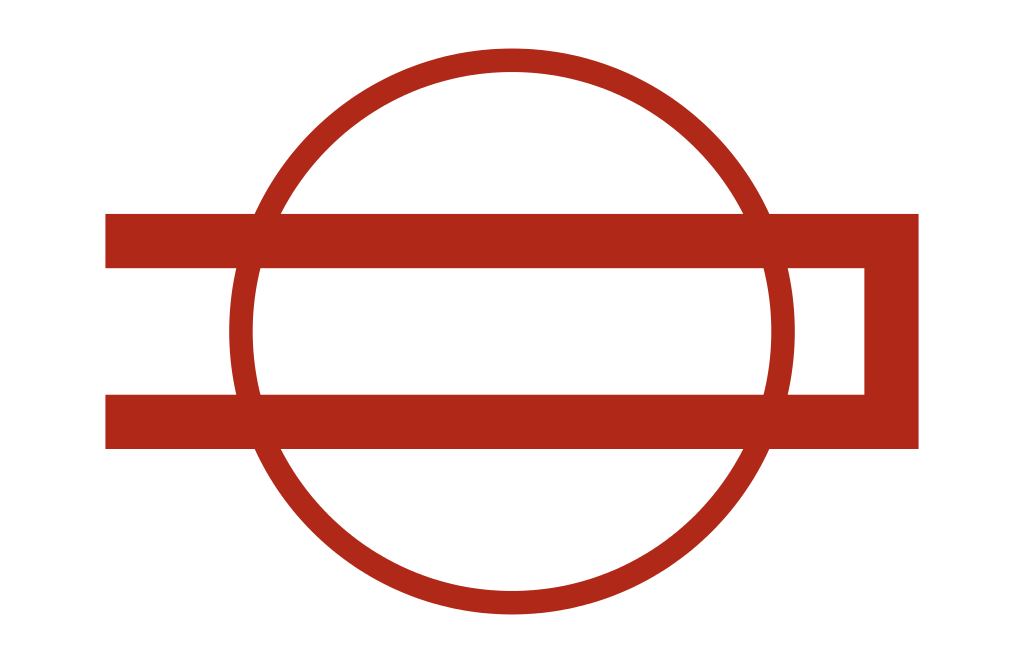
The Osaka Municipal Subway is Japan’s second-largest subway network; it’s made of 6 “standard-size” lines, two linear metro lines and the “NewTram”, a driverless AGT wich serves the port area of Osaka.
It was opened in 1935, when the first section of the Midosuji line began operations, and greatly expanded during the post-war Japanese Economic Miracle, peaking as the main mode of transport to reach the Osaka Expo’70 grounds.
The Osaka Subway is unique among Japanese Subways as it has the largest third-rail powered network in all of Japan, and it uses a standard rolling stock design for multiple lines (whereas in other subway networks each line gets it’s own stock). Furthemore, it’s also one (and the largest) of the only three Japanese Subway networks without a 1067mm-gauge line* – the other two are the nearby systems of Kobe and Kyoto.
Three of it’s lines have inter-running services: the Midosuji Line with the Kita Osaka Kyuko Namboku Line, the Chuo Line with the Kintetsu Keihanna Line and the Sakaisuji Line with the Hankyu Senri Line.
Besides the eight subway lines currently operating, there are plans for a ninth one, but it’s construction is uncertain.
*Excluding the Sapporo subway, wich runs on rubber tyres.
Line No.1 – Midosuji Line
trough-services with the Kitakyu Namboku Line
Line No.2 – Tanimachi Line

Line No.3 – Yotsubashi Line

Line No.4 – Chuo Line
trough-services with the Kintetsu Keihanna Line and formerly the OTS Technoport Line

Line No.5 – Sennichimae Line

Line No.6 – Sakaisuji Line
trough-services with the Hankyu Railway Senri and Kyoto Lines
Icons made by Curoka
